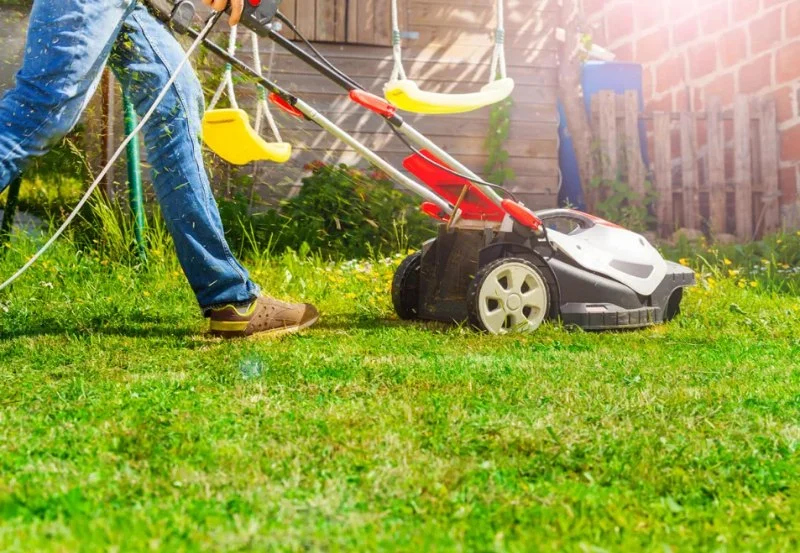
How to Revive Dead Grass: A Complete Step-by-Step Guide
- 1- Understanding Why Grass Dies
- 2- Step-by-Step Guide to Reviving Dead Grass
- 3- Common Mistakes to Avoid When Reviving Grass
- 4- How to Maintain a Healthy Lawn After Reviving
- 5- How Beautiful Landscapes Can Help You Achieve a Lush Lawn
1. Understanding Why Grass Dies
Grass can die for many reasons, but some of the most common factors include poor soil quality, lack of water, over-watering, extreme temperatures, pests, and diseases. Understanding why your grass has died is crucial before attempting to revive it, as the solution to fixing a patchy or dead lawn can vary greatly depending on the underlying cause.
If your grass has turned brown, it could be a sign of drought stress, nutrient deficiencies, or fungal disease. If you notice that the grass is simply thinning in patches, it could be due to soil compaction or insect damage. Assessing the condition of your lawn will guide you in choosing the right approach to revive it.
2. Step-by-Step Guide to Reviving Dead Grass
Reviving dead grass may seem like a daunting task, but with the right steps, you can restore your lawn to its former lush and green state. Here’s a step-by-step guide to help you bring your dead grass back to life:

Manzano's Landscaping Services LLC.
Eau ClaireBerrien CountyMichigan
6249 W Ivy Ct, Eau Claire, MI 49111, USA
Step 1: Assess the Damage
The first step in reviving dead grass is to assess the extent of the damage. If large patches of grass are dead, you may need to reseed those areas. If only a few spots are affected, it may be possible to bring the grass back by improving soil quality and watering practices.
Step 2: Aerate the Soil
Soil compaction can restrict water, air, and nutrients from reaching the grassroots, leading to weak and unhealthy grass. Aerating the lawn helps relieve compaction and promotes healthy root growth. You can rent an aerator from a local home improvement store or hire a professional to do it for you.
Step 3: Add Fertilizer
After aerating, it’s a good idea to apply a balanced fertilizer to nourish the soil and encourage healthy grass growth. Choose a fertilizer that’s appropriate for the grass type and climate in your area. Be sure to follow the manufacturer’s instructions for the best results.
Step 4: Reseed the Lawn
If your grass is patchy or completely dead in spots, reseeding is a necessary step. Choose a grass variety that suits your region’s climate and soil. Spread the seeds evenly across the damaged areas, and lightly rake the soil to ensure good seed-to-soil contact.
Step 5: Water Properly
Watering is critical for grass recovery. Water deeply and infrequently to encourage deep root growth. Early morning is the best time to water your lawn, as it prevents disease and ensures the grass gets the moisture it needs before the heat of the day sets in.
Step 6: Maintain Regular Lawn Care
Once you’ve revived your lawn, maintain it by mowing regularly, keeping the blades sharp, and avoiding cutting the grass too short. Healthy grass should be mowed to a height of about 2 to 3 inches to allow for proper air circulation and sunlight penetration.
3. Common Mistakes to Avoid When Reviving Grass
Reviving dead grass requires patience and care, but there are a few common mistakes that can hinder your progress:
1. Overwatering
While grass needs water to survive, overwatering can lead to root rot and fungal diseases. Make sure to water your lawn deeply and infrequently, rather than shallowly and often.
2. Using Too Much Fertilizer
Too much fertilizer can burn your grass and cause more harm than good. Always follow the recommended application rates to avoid over-fertilizing.
3. Ignoring Soil Quality
Healthy grass starts with healthy soil. Before reseeding or fertilizing, ensure that your soil has the right pH and nutrients. Soil testing kits are available at most garden centers to help you determine if your soil needs any adjustments.
4. How to Maintain a Healthy Lawn After Reviving
After successfully reviving your grass, it’s essential to implement regular lawn care practices to maintain its health. Here’s how you can keep your lawn looking lush year-round:
1. Regular Mowing
Keep your lawn at a consistent height to encourage healthy growth. Avoid cutting more than a third of the grass blade at once to prevent stressing the grass. Keep your mower blades sharp for a clean cut.
2. Seasonal Fertilization
Fertilize your lawn in both the spring and fall to support healthy growth during the growing season. Use a slow-release fertilizer to ensure that your grass gets the nutrients it needs over time.
3. Watering Practices
Continue your watering routine, ensuring that your grass gets a deep watering once or twice a week, depending on weather conditions. Avoid frequent shallow watering, which can encourage shallow roots.
5. How Beautiful Landscapes Can Help You Achieve a Lush Lawn
If you're looking for expert help to revive or maintain your lawn, Beautiful Landscapes can provide you with the tools, advice, and services needed to create and sustain a beautiful, healthy lawn. From soil testing to professional aeration and fertilization services, Beautiful Landscapes offers a range of solutions for homeowners who want to take their lawn care to the next level.
Explore our website for top-rated lawn care products and services that will help your grass thrive. Whether you need help with dead grass recovery or general lawn maintenance, Beautiful Landscapes is here to support your efforts.








 Prodigy Dragons Lawn Care4.0 (11 reviews)
Prodigy Dragons Lawn Care4.0 (11 reviews) Border Magic by Hames Enterprises5.0 (67 reviews)
Border Magic by Hames Enterprises5.0 (67 reviews) Duneland Landscape4.0 (19 reviews)
Duneland Landscape4.0 (19 reviews)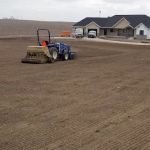 Totalscape Lawn Care5.0 (3 reviews)
Totalscape Lawn Care5.0 (3 reviews)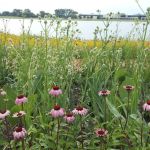 Bluestem Ecological Services5.0 (4 reviews)
Bluestem Ecological Services5.0 (4 reviews) Stavros Lawn Services4.0 (29 reviews)
Stavros Lawn Services4.0 (29 reviews) How to Design for Natural Drainage Without Artificial Systems
How to Design for Natural Drainage Without Artificial Systems Best Perennials for Year-Round Color in Your Home Garden
Best Perennials for Year-Round Color in Your Home Garden How to Landscape a Rooftop Garden for Relaxation | Beautiful Rooftop Designs
How to Landscape a Rooftop Garden for Relaxation | Beautiful Rooftop Designs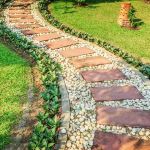 How to Build a Pathway That Blends With Nature: A Step-by-Step Guide
How to Build a Pathway That Blends With Nature: A Step-by-Step Guide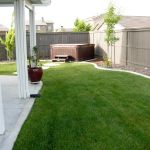 How to Prep Your Yard for a Landscape Makeover
How to Prep Your Yard for a Landscape Makeover 7 Steps to Create a Pollinator Garden That Attracts Bees & Butterflies
7 Steps to Create a Pollinator Garden That Attracts Bees & Butterflies